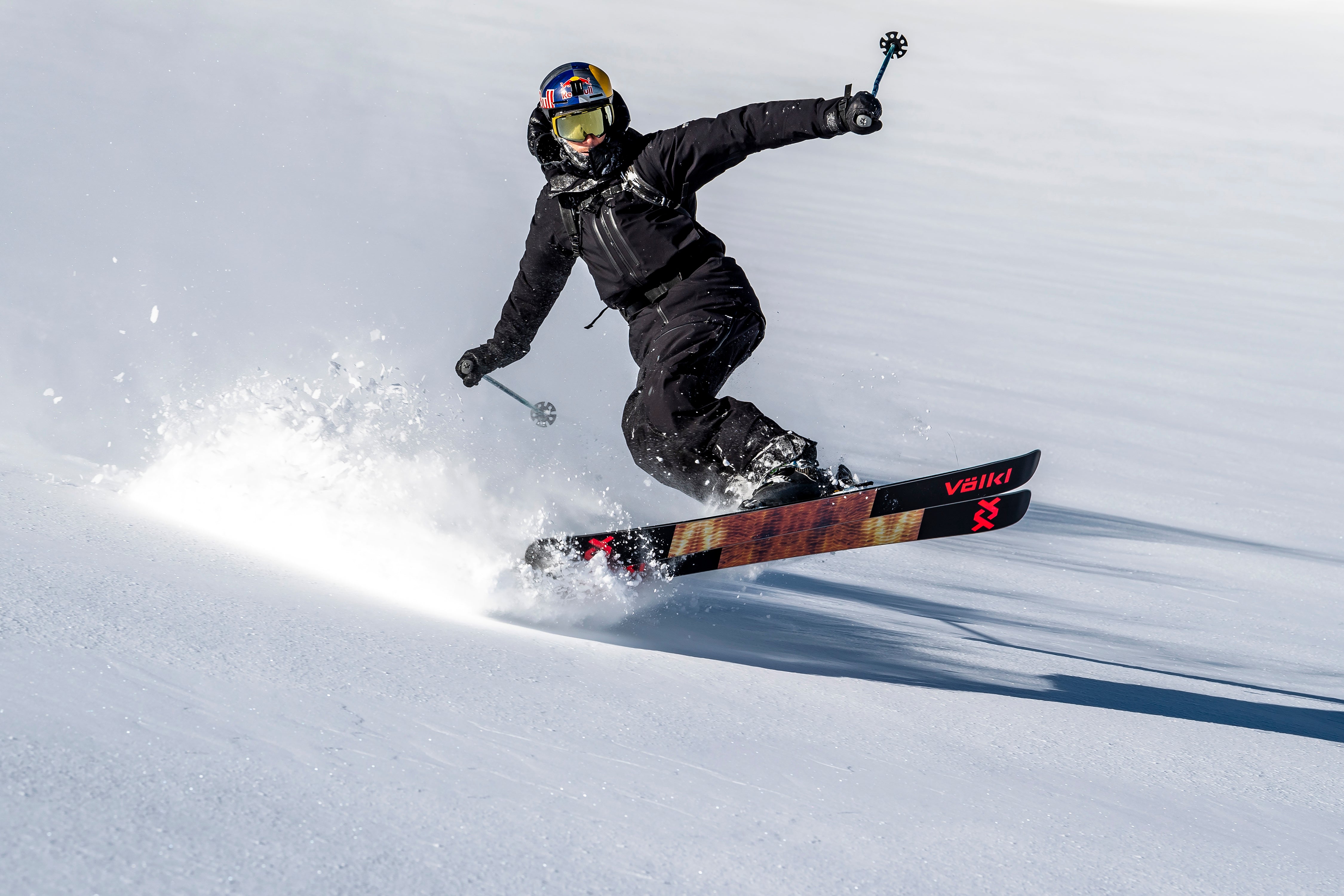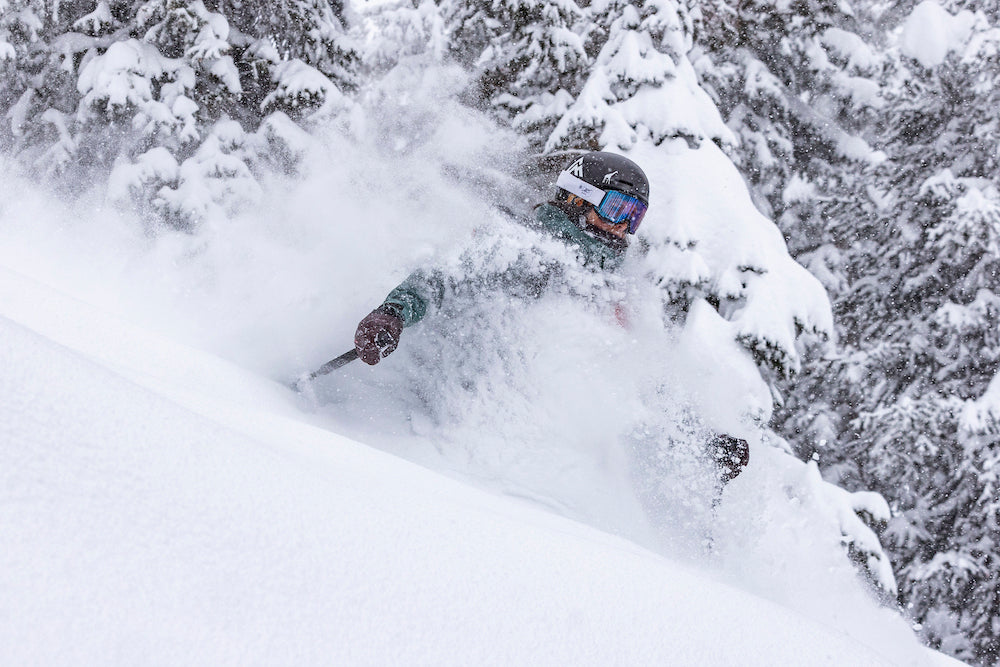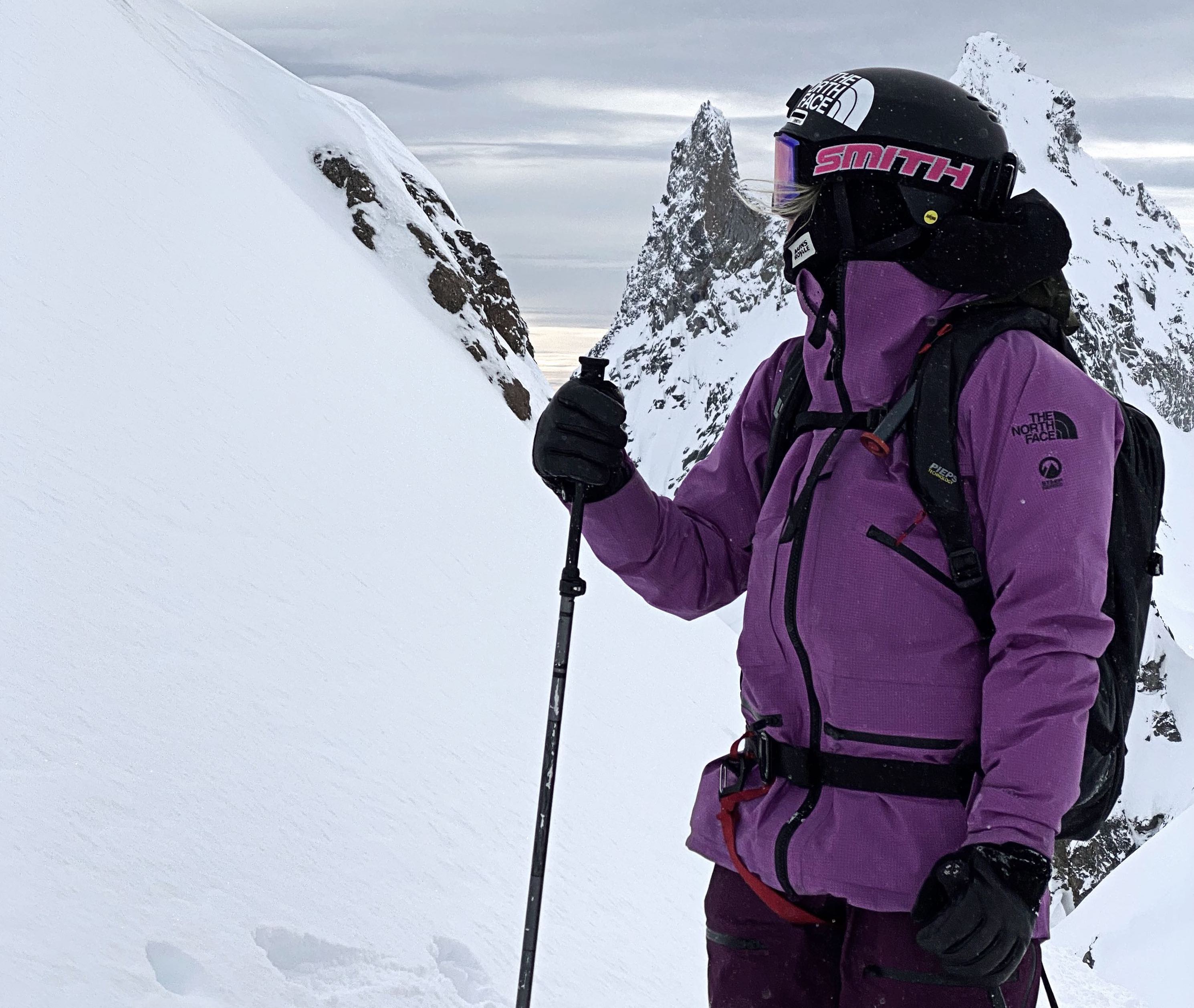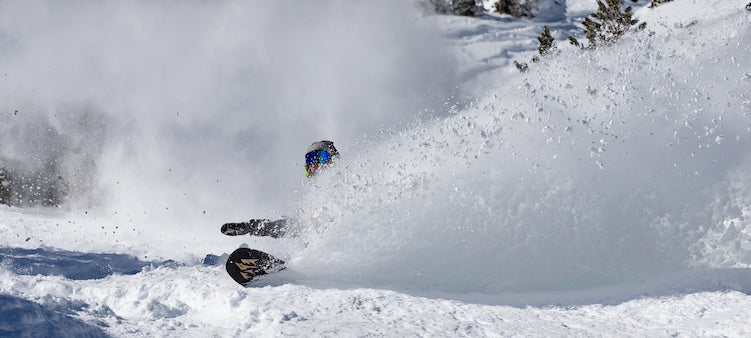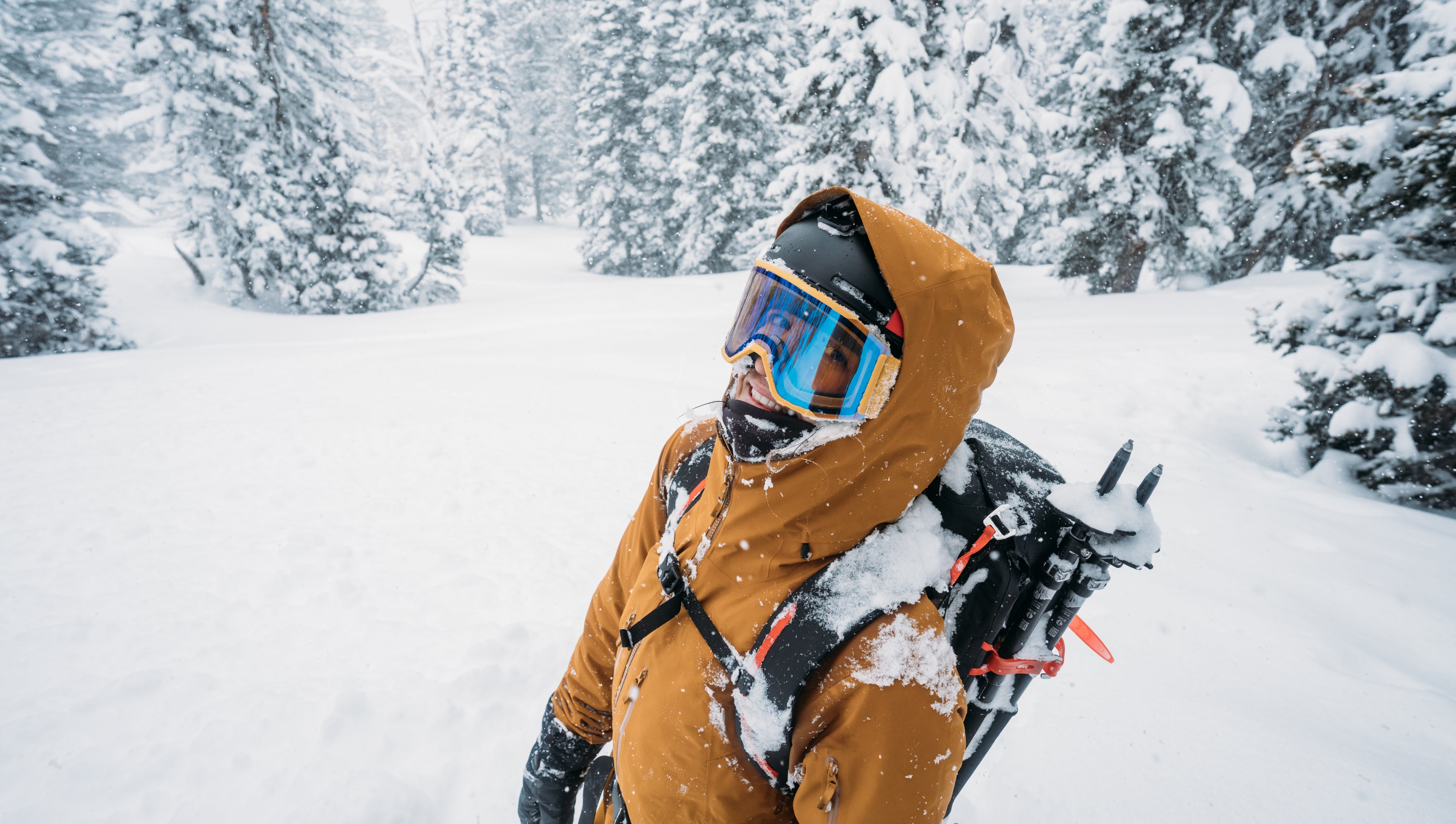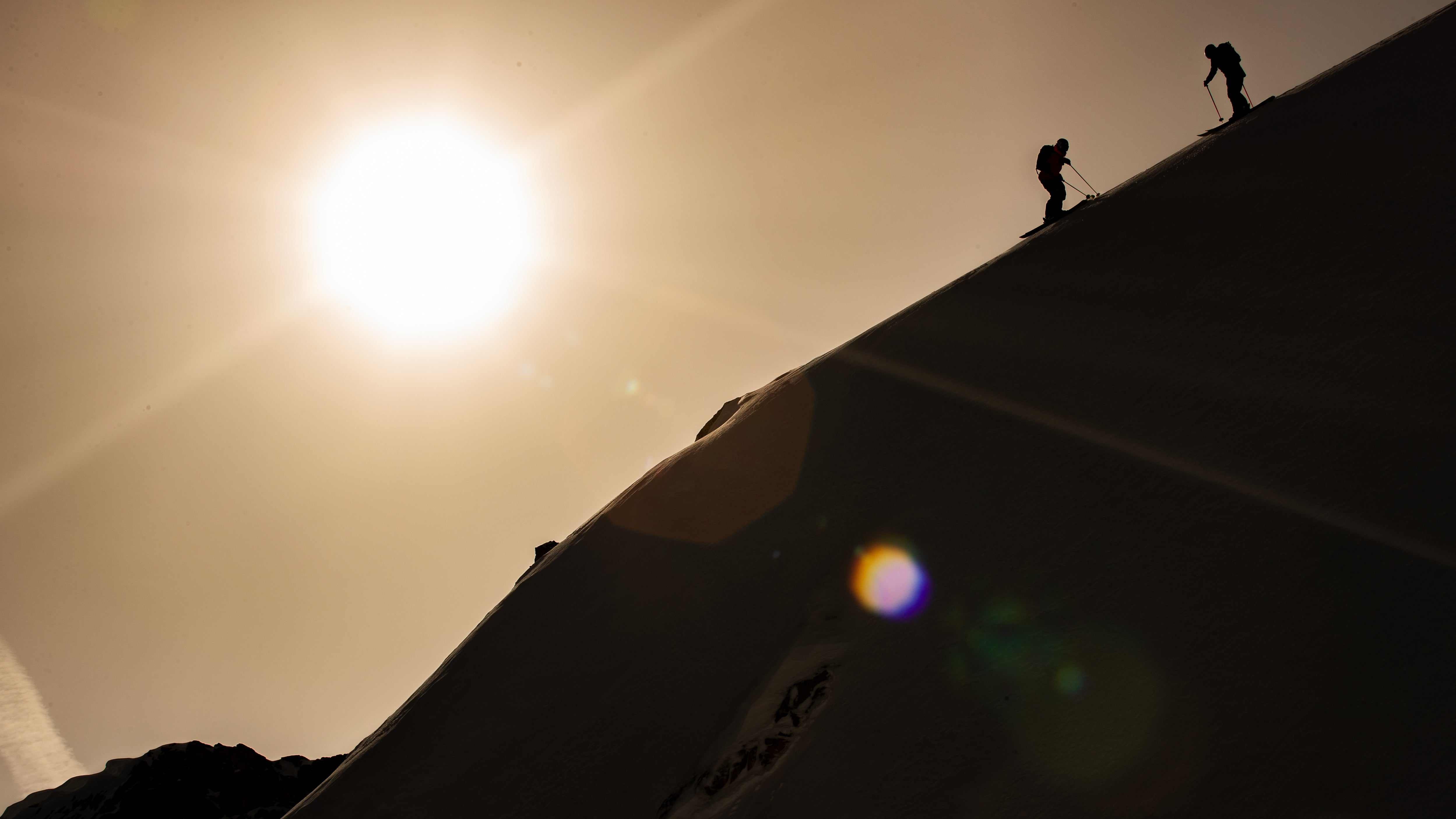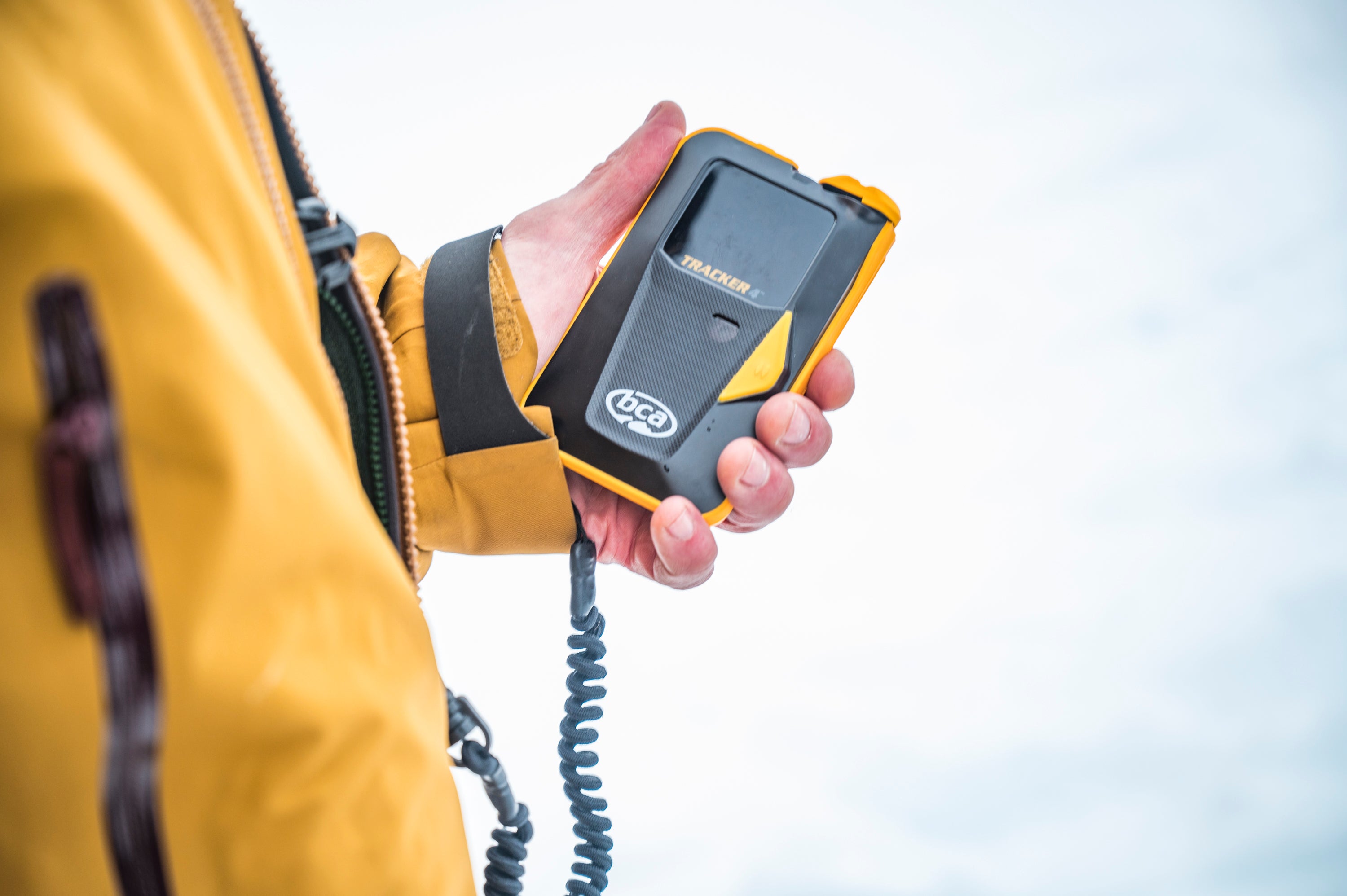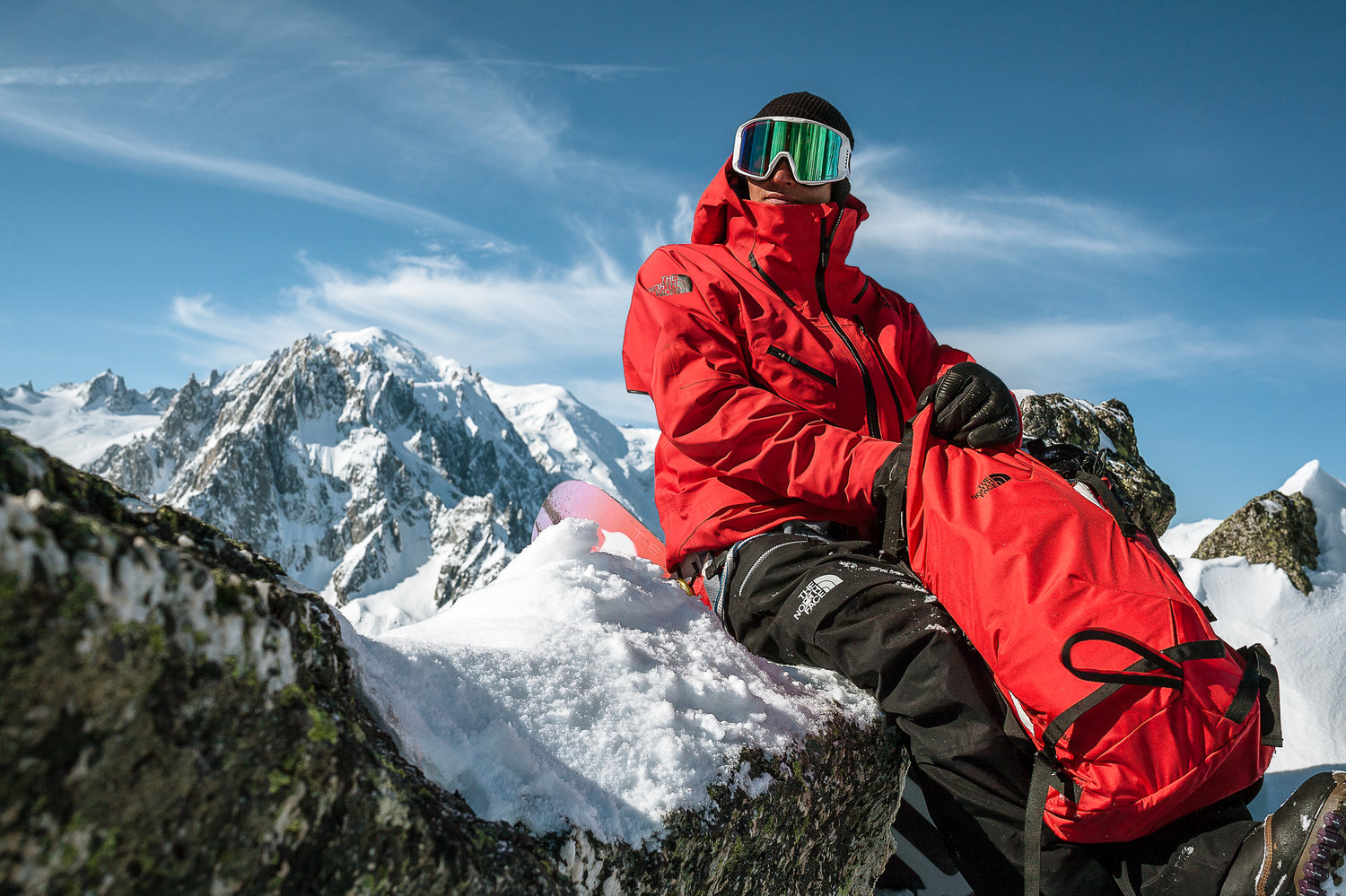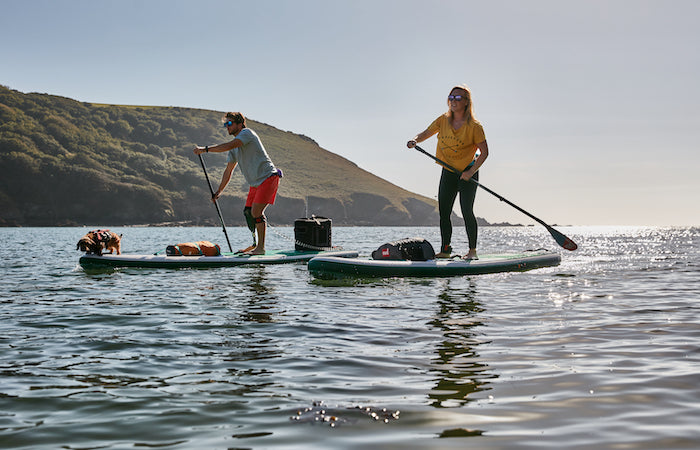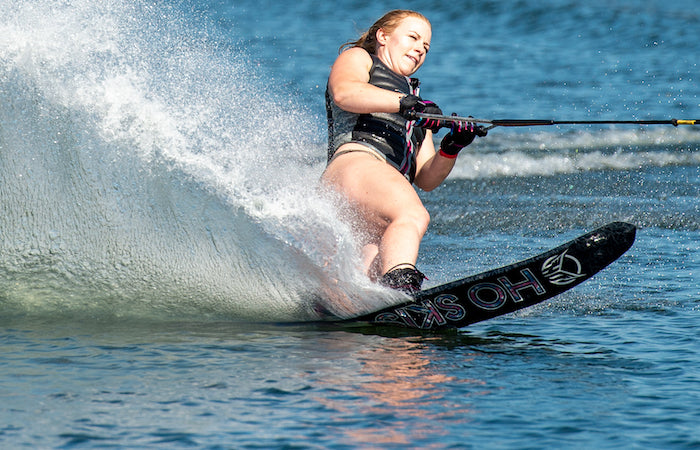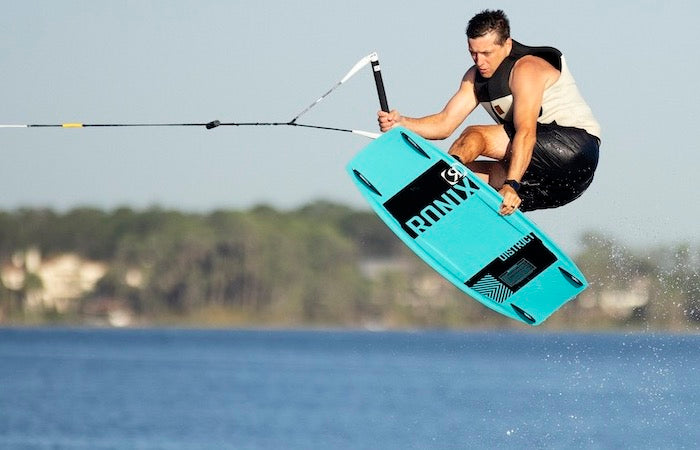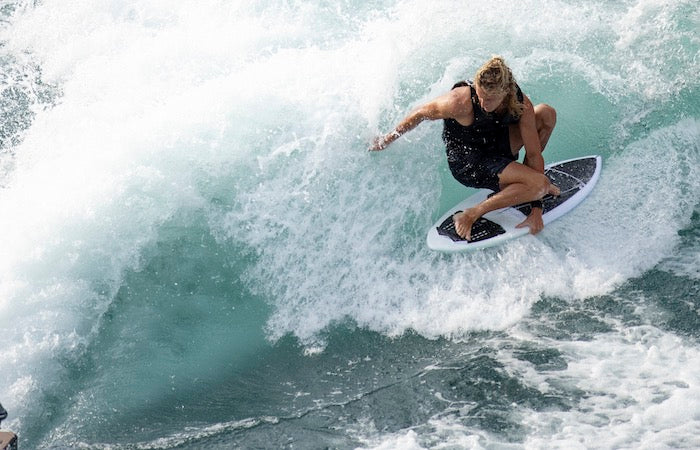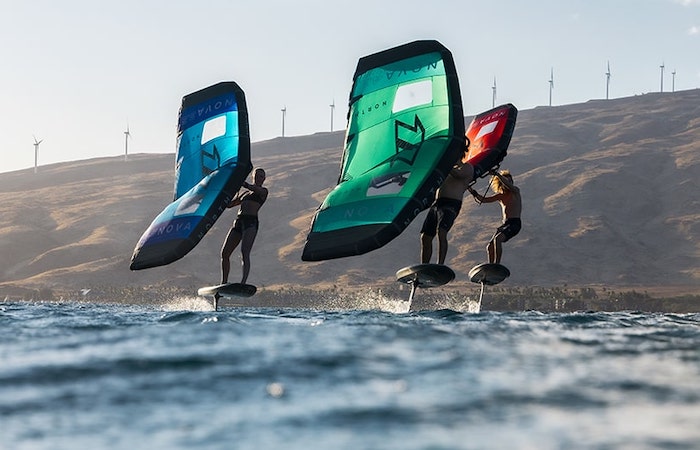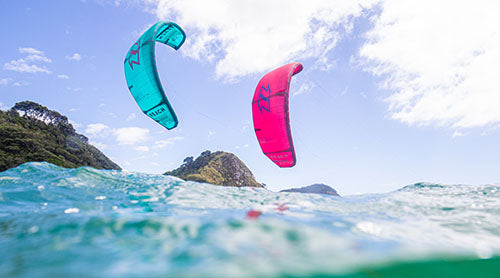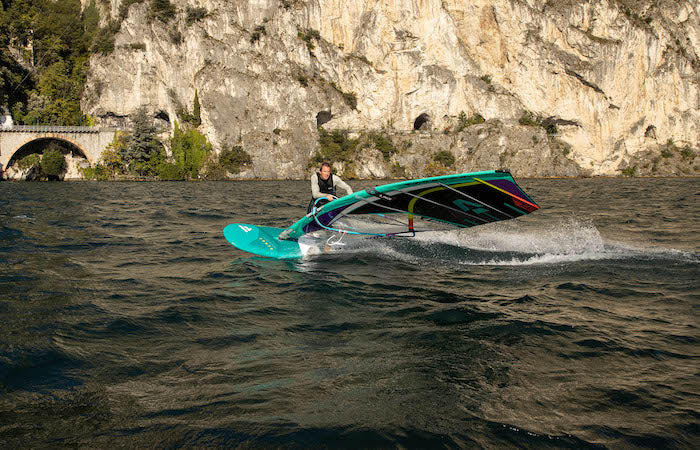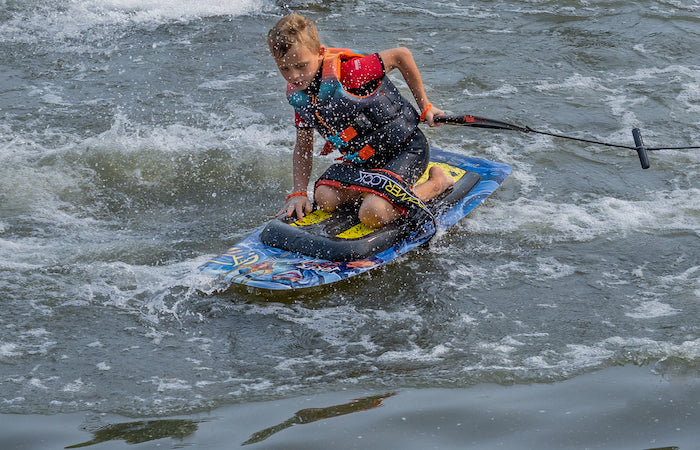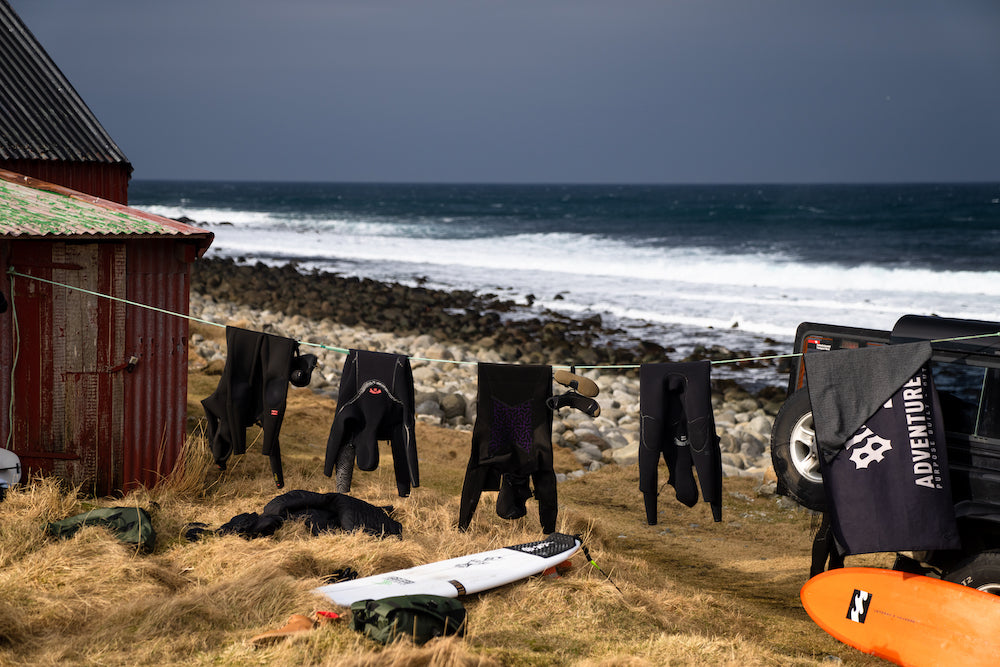Decided you need a wetsuit but not quite sure where to start? Here is our wetsuit buying guide to help you figure out what kind of wetsuit is right for you. We will cover all the main things to consider, including wetsuit thickness, zip system and fit. If you still have questions after reading through, Contact Us to speak with one of our expert staff today!
Wetsuit Thickness
The best place to start in narrowing down the wetsuit search is deciding what thickness is best for you. While factors like intended activity, susceptibility to the cold and range of motion required are all important considerations, water temperature is often the biggest deciding factor. To make it easy O’Neill breaks down suggested wetsuit thickness for different water temperature with the chart below.

The millimeter numbers in the chart refer to the thickness of the neoprene, with most wetsuits made up of two different zones of neoprene thickness. When you see two numbers, for example 3/2mm, the thicker neoprene will be around your core, helping both warmth and buoyancy, and the thinner neoprene often covering arms and shoulders for increased range of motion.
Zip System
Where the zip is located on your wetsuit can also affect how warm it is, with a lot of brands offering the same suit in a back zip or chest zip option.
Chest Zip suits are generally considered to be warmer as they are less prone to water flushing through the zip line. Avoiding a zip across the back also gives you a greater range of motion, however a potential drawback of a chest zip over a back zip is the ease of getting the wetsuit on and off.
Back Zip suits are the most common and the easiest to get in to and out of, with a long strap attached to the zipper. Having a zip the length of your spine can slightly restrict range of motion and increase likelihood of water flushing through the seams on the zip. That being said, many brands have come up with their own technologies aimed at flush guarding, which you will find on nearly all of the back zip wetsuits that we stock here at North Shore Ski and Board.
Wetsuit Style
Different lengths and cuts of wetsuits are available, with Full suits covering the length of your arms and legs, Shorty or Spring suits cutting above the knee with either full or partial arm coverage and Long Jane suits with a full leg and sleeveless arm cut.
Full suits are typically preferred for cold water use, covering up to your wrists and ankles, and make up the largest portion of our wetsuit inventory. You can shop our range of Full suits here.
Shorty, or Spring suits are a great option when it’s just a bit too cold for swimwear. These will be cut either right above the knee or in a bikini cut and are available in short or long sleeve options. Take a look at our full range of Spring suits here.
The Long Jane (or Long John for men) covers the full leg down to the ankle, with a sleeveless cut on the arms. These tend to be made with thinner neoprene as they are intended for warmer environments. Shop our Long Janes here.
Accessories
Particularly in colder temperatures, neoprene accessories to go with your wetsuit can make a big difference in combatting the cold.
Wetsuit Booties come in different thicknesses, just like wetsuits, with different options for the boot cut and toe fit. Lower cut booties tend to be thinner neoprene intended for warmer climates, and choosing between round toe or split toe fit is entirely down to preference. Take a look at our Wetsuit Booties here.
Wetsuit Gloves are also available in different thickness neoprene, with the option of an open palm mitt from Ion. Shop our full range of Wetsuit Gloves here.
The final accessory to consider for cold water use is a neoprene hood or cap. These are also available in various thickness neoprene, with features such as a cap or a pull cord available on some models. Shop Neoprene Headware here.
Sizing
The best way to ensure you get the right size wetsuit is to come by the store and try it on. You want your wetsuit to be a tight fit to avoid sagging or bunching material, which will not only be uncomfortable, but also reduce the suits efficiency at keeping you warm. When on, the wetsuit should have no extra room around any of your joints, however you should be able to stretch your arms above your head without too much restriction or pressure.
Here are Men’s and Women’s size charts from O’Neill as a useful starting point.





